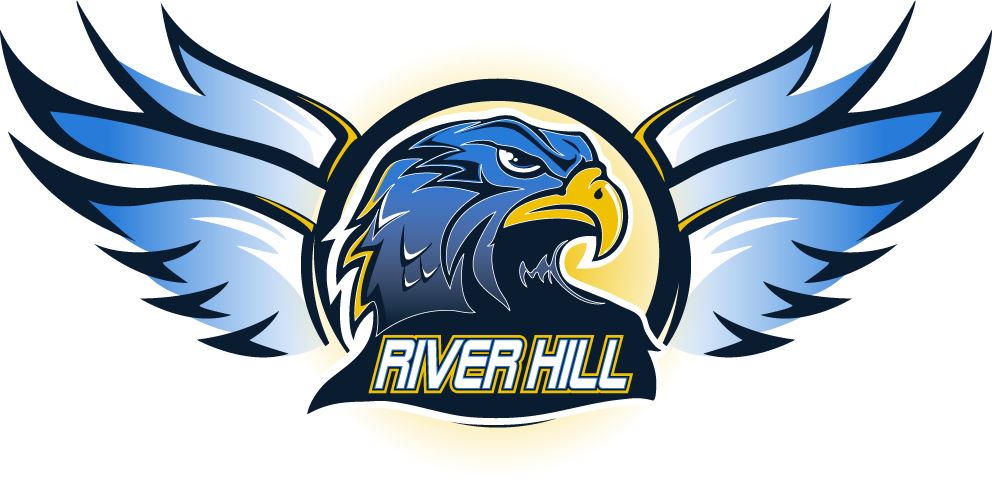By Claire Fagan, Features Editor
The Raven Boys by Maggie Stiefvater is a contemporary fantasy novel with an innovative plot, magnificent character design, and exquisite word choice.
Main character Blue Sargent lives in the small town of Henrietta, Virginia, in a small house with her many relatives. All of Blue’s female relatives are very powerful psychics. However, Blue is unable to see any premonitions or spirits; she is only able to enhance her relative’s abilities. Although many are skeptical if the family has legitimate abilities, the Sargent family makes a meager living predicting the futures of their few customers.
In addition to foreseeing customers’ lives, the family also has premonitions of Blue’s life. She has always been told by her relatives that if she kissed her true love, he would die.
One day, Blue goes to the graveyard with a relative in order to assist in the church watch, searching for spirits who will die in the next year. While there, Blue sees a spirit for the first time, a spirit who walks right up to her. When she asks his name, he says, “Gansey. That’s all there is.”
Suspecting that this spirit must be the boy Blue is meant to fall in love with, her family forbids her from finding him. However, as fate would have it, still-living Gansey seeks her out instead. He comes to Blue’s house with his two best friends, Adam and Ronan.They ask for a psychic reading to find ley lines, magical lines along the Earth that house great power. At this first meeting, Gansey and Blue strongly dislike each other, Adam is infatuated with Blue, and Ronan hates everyone (it’s kind of his thing). However, the four form an unlikely friendship when Gansey goes looking for the ley lines and everyone else gets wrapped up in his search as well. Many parents, teachers, and classmates intervene on their adventure, creating detours and danger. From Ronan’s mysterious acquiral of a raven named Chainsaw to Adam’s implausible toleration of his family’s abuse, every character (even Ronan) becomes lovable and each new plot point keeps the story suspenseful.
The interactions between the core four characters are some of the most genuine that I have ever read in a novel. Gansey was born into privilege, and is oblivious when it comes to money, while Adam is dirt-poor, working 3 jobs to afford the fancy private school, Aglionby Academy, that Gansey and Ronan also attend. Gansey desires to rescue Adam from his poverty through the money he has inherited, but Adam wants to earn his way out. Their relationship runs deep because they know that they will rescue each other in times of need. While Ronan is sullen and gets into physical fights easily, it is clear that he deeply cares for Gansey and Adam. Without them, Ronan would likely go insane. Blue serves to balance them out, having a calm mind and an outside perspective on their friendship because she does not attend Aglionby. It’s also worth mentioning that this isn’t a romance book. There are hints of romantic interests, but that’s not the focus, which I really appreciated.
The setting of The Raven Boys is very unique. It feels like it could really be a small town in Virginia, where everyone knows everyone else and the town is clearly divided between the prosperous and the impoverished. Families experience relatable struggles, such as Blue’s family only having one car for the many people in the house, and the scenes within Aglionby high school feel like they could take place in one of our own classrooms. However, the universe also explores magic, incorporating aspects of fantasy into everyday events. Blue is the daughter of a psychic, but she works a part-time job at the diner. Gansey is trying to find the magical, time-bending ley lines, but he also has to worry about graduating. As I read the book, the fantastical and realistic sections of the books blended beautifully, so that I could almost believe that fortune-telling and spirits exist in our own world.
The book is written in third-person, but it still manages to switch perspectives, giving the reader insight into the way each character interprets the world. One thing I think Stiefvater did extremely well in this book was creating 3-dimensional villains by writing chapters that explained without just straight-up stating their motivations and backstory. The characters aren’t just evil because they feel like it; they have depth and backstories. When you read about their everyday lives from their perspective, you can almost understand how their warped reality motivates them to violence. They don’t feel like villains, they just feel like people who see the world in a worse way than everyone else.
In addition to everything I mentioned above, the thing that boosts this book to one of the greatest of all time is the author’s descriptive word choice. The story never grows boring, because Stiefvater’s writing could turn a boring brick wall into the most interesting landmark you’ve ever seen. I’ve never read another book with such detailed and vivid descriptions of settings and characters. You get a glimpse of everyday life in Henrietta within just a few sentences. This is the kind of imagery that doesn’t feel like a disruption from the dialogue; it meshes so well with the character’s commentary that it actually enhances the novel and makes the story feel that much more real. I found The Raven Boys nearly impossible to put down when I first read it, and every time I glance back at it, I find new intricacies within it. I highly recommend this book to anyone and everyone.

